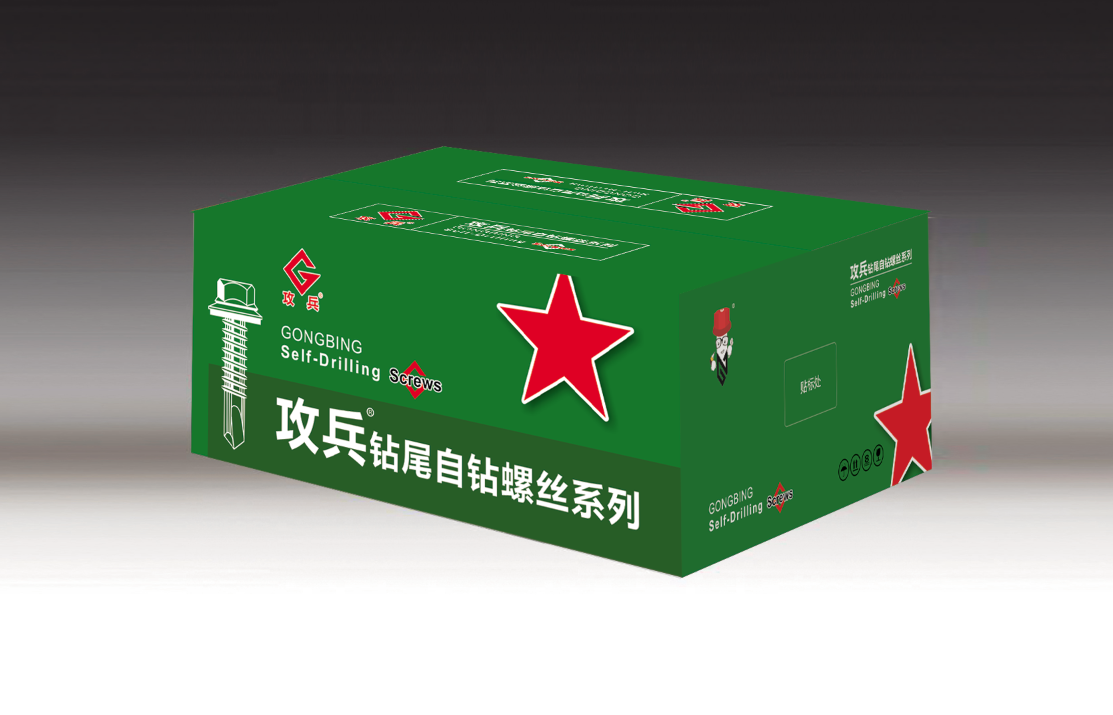Innovative Solutions for Strength and Durability in Anchor Bolt Design and Application
Understanding Chemical Anchor Bolts A Comprehensive Guide
Chemical anchor bolts have become a cornerstone in construction and civil engineering due to their reliability and strength in securing structures. Unlike traditional mechanical anchors, chemical anchors utilize a two-part adhesive system to create a robust bond between the bolt and the concrete substrate. This article will explore the functionality, advantages, applications, and installation processes related to chemical anchor bolts.
What are Chemical Anchor Bolts?
Chemical anchor bolts are fasteners that rely on chemical adhesives to affix themselves to concrete or masonry materials. Composed typically of a steel bolt and a resin-based adhesive, these anchors are designed for use in various applications including structural support, machinery mounting, and façade installation. When mixed, the resin and hardener create a chemical reaction that solidifies and forms a strong bond with the concrete.
Advantages of Chemical Anchor Bolts
1. Superior Load Capacity One of the most significant advantages of chemical anchor bolts is their high load-bearing capacity. They are capable of handling both tension and shear loads, making them ideal for heavy-duty applications.
2. Versatility Chemical anchors can be used in a variety of base materials, including cracked and non-cracked concrete, masonry, and even hollow materials. This versatility allows for their use in different construction scenarios.
3. Resistance to Environmental Factors Many chemical anchor systems are designed to withstand harsh environmental conditions, including moisture, temperature fluctuations, and chemicals. This makes them suitable for both indoor and outdoor applications.
4. Minimal Hole Size The smaller hole diameter required for chemical anchors compared to mechanical anchors allows for less concrete removal, which can significantly increase the strength of the overall structure.
5. Reduced Risk of Failure Chemical anchors provide a more uniform load distribution, reducing the risk of failure associated with traditional anchors, particularly in applications where vibrations or dynamic loads are present.
Applications of Chemical Anchor Bolts
Chemical anchor bolts are commonly used in various industrial, commercial, and residential applications. These include
chemset anchor bolt

- Structural Supports Used to anchor steel beams, columns, and other structural elements. - Electrical Supports Ideal for securing electrical fixtures, conduits, and equipment in place. - Facade Attachments Employed in the installation of façade systems, including cladding and curtain walls. - Heavy Machinery Mounting They are perfect for mounting heavy machinery due to their high tensile strength.
Installation Process
The installation of chemical anchor bolts involves several key steps to ensure maximum strength and effectiveness
1. Select the Appropriate Anchor Choose the chemical anchor system best suited for your specific application, considering load requirements and environmental conditions.
2. Prepare the Base Material Drill a hole to the recommended diameter and depth specified by the manufacturer. Clean the hole of any dust, debris, or moisture to ensure optimal bonding conditions.
3. Insert the Anchor Place the anchor bolt or sleeve into the hole.
4. Inject the Adhesive Using a caulking gun or a specialized dispensing tool, inject the adhesive into the hole. Ensure that the adhesive fills the entire cavity around the bolt.
5. Insert the Bolt or Rod Insert the bolt slowly into the adhesive-filled hole, ensuring minimal disturbance to the adhesive.
6. Allow for Curing Allow sufficient curing time as specified by the manufacturer before applying any load to the anchor.
7. Testing After curing, conduct a load test to ensure the anchor meets the intended specifications.
Conclusion
Chemical anchor bolts represent a significant advancement in fastening technology, providing enhanced strength, versatility, and reliability. When correctly installed, they serve as a durable solution for a wide variety of anchoring needs in the construction industry. Their ability to adapt to different materials, loads, and environmental conditions continues to make them a favored choice among engineers and construction professionals across the globe.
-
Weatherproof Plastic Expansion Anchors for OutdoorNewsJun.06,2025
-
Sustainability in the Supply Chain: Eco-Friendly TEK Screws ProductionNewsJun.06,2025
-
Load-Bearing Capacity of External Insulation FixingsNewsJun.06,2025
-
Double Head Bolts: Enhancing Efficiency in Industrial MachineryNewsJun.06,2025
-
Corrosion Resistance in Chipboard Screws: Coatings for Wholesale DurabilityNewsJun.06,2025
-
Butterfly Toggle Bolts : Enhancing Structural ResilienceNewsJun.06,2025
